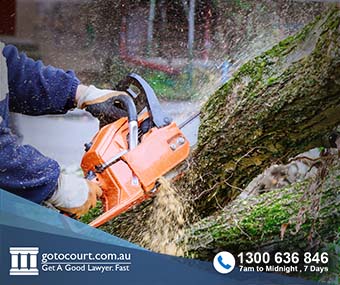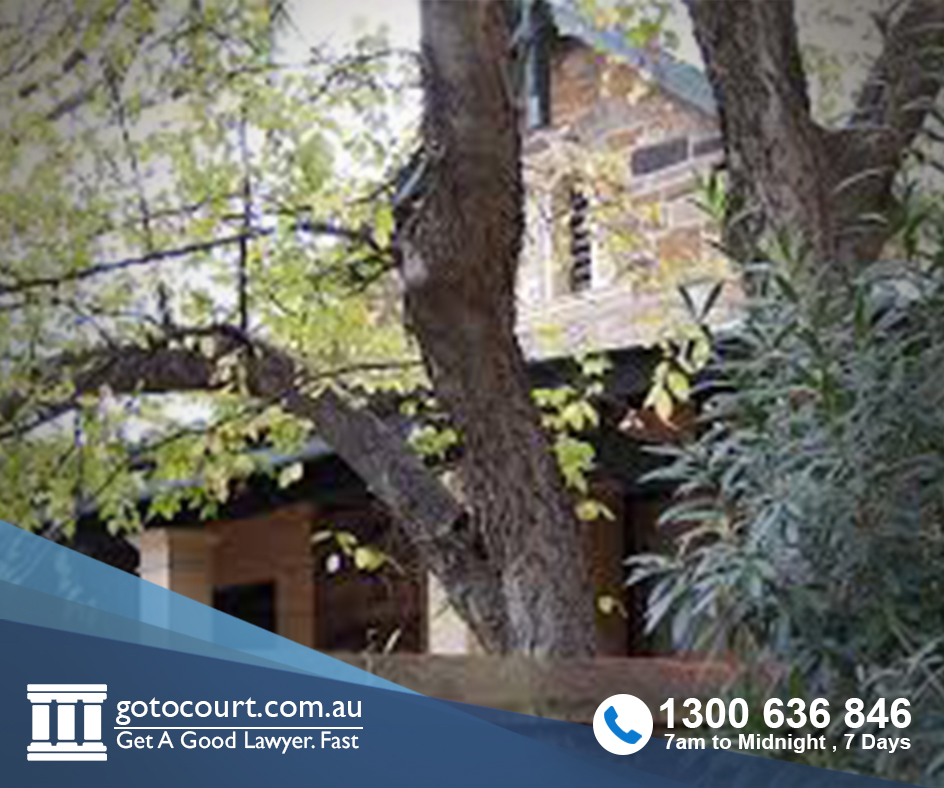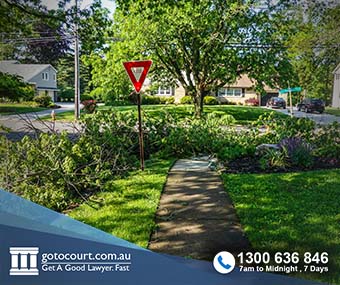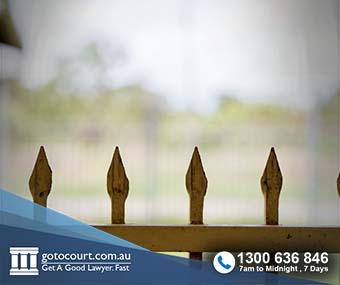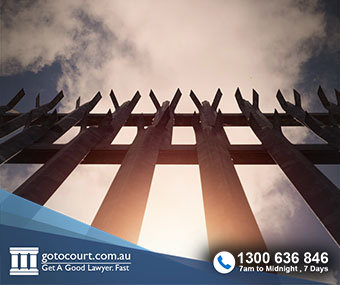Call our lawyers
now
or,
have our lawyers
call you
Tree Disputes (NT)
Updated on Oct 25, 2022 • 5 min read • 322 views • Copy Link
Tree Disputes (NT)
We all hope to enjoy friendly relationships with our neighbours. All too often, however, disagreements over noise, pets, boundaries, and encroachment ruin these relationships. It is particularly common for a neighbour dispute to arise over trees overhanging property lines or obstructing a neighbour’s view. While other states have introduced statutory regimes to govern tree disputes, the Northern Territory still relies on common law principles of nuisance, negligence and abatement. This page explains the implications of tree disputes in the Northern Territory.
Nature rarely respects boundary lines, and it is inevitable that occasionally a neighbour’s tree will overhang a shared fence or the roots intrude on another property. The law is clear that in this case, the tree owner must remove fallen branches but is not responsible for leaves that fall onto a neighbouring yard. However, if this encroachment causes damage or interferes with the person’s enjoyment of their property, it is a nuisance. A person can take legal action to end the nuisance or seek compensation for negligence. The court can order that the neighbour pay for repairs such as damaged gutters and cracked pipes, and the costs of removing the tree.
Nuisance
In order to prove nuisance, the resident must prove that:
- The complainant is the owner or tenant of the encroached land;
- The neighbour has control over the encroachment; and
- The tree causes an unreasonable and ongoing impact on the resident’s enjoyment of their property.
Negligence
Under negligence law, the court can order compensation if:
- there has been actual physical damage;
- the damage was foreseeable by a reasonable person; and
- the neighbour did not take reasonable care to avoid the damage.
It is difficult to establish negligence in such cases unless there is evidence that the tree owner was aware of the potential danger and failed to act to prevent it from happening.
Resolving a tree dispute
The first stage of resolving a tree dispute is communication. The person with the complaint should arrange a meeting with their neighbour, explain the problem and listen to the neighbour’s perspective. This is the best opportunity to negotiate a mutually agreeable solution. For instance, a resolution might be reached quickly and economically where the two parties agree to prune the tree or dig up the tree together. Any agreement reached between the parties should be formalised in writing. The parties can prepare a signed and dated document that states the agreed course of action, who will rectify the issue, the costs and proposed completion date.
If an agreement cannot be reached, then the neighbour has the legal right to trim branches and roots that encroach on their land. This is called ‘abatement’ of nuisance. There is no obligation to notify the neighbour in this circumstance, as long as the person does not trespass on the property next door. Still, it is advisable for the resident to inform their neighbour that they intend to exercise their right and ask them if they would like the cuttings returned to them. Legally, these roots, branches, and fruit must be returned to the neighbour without causing damage to their property. The neighbour, in that case, is not responsible for any of the cost of the abatement unless they agree beforehand or there is a relevant court order.
Mediation
When it is not possible for the neighbours to agree privately, they can seek help from a neutral third party. While a mediator does not act as a judge and cannot impose an order, they can guide a discussion between the neighbours during mediation.
Legal action
The resident should write a letter to their neighbour stating that it is the neighbour’s responsibility to rectify the problem with the tree. This letter should emphasise that if the dispute is not resolved within a set time, the next step is legal action. When a neighbour is unwilling to provide compensation or fund the cost of repairs, the resident can take the matter to small claims court. In the Northern Territory, this type of small claim is heard by the Northern Territory Civil and Administrative Tribunal (for matters up to $25,000) and the local court (for matters up to $250,000).
It will take money and time to resolve a tree dispute if the resident takes the matter to court. Litigation should be a last resort as it may also irretrievably harm the relationship between the neighbours. A resident should aim to agree with their neighbour without recourse to the court system.
The Northern Territory Law Reform Commission was asked to look at whether the common law remedies of negligence, nuisance and abatement adequately addressed neighbour tree disputes in the Northern Territory. The Commission published a report in August 2019 recommending that the Northern Territory government introduce an amendment to the Fences Act 1972to address neighbour tree disputes.
Call 1300 636 846 or contact Go To Court Lawyers for advice on tree disputes in the Northern Territory. Our experienced civil law team can provide information on settling the matter privately with a neighbour or making a small claim for compensation.

Affordable Lawyers
Our Go To Court Lawyers will assist you in all areas of law. We specialise in providing legal advice urgently – at the time when you need it most. If you need a lawyer right now, today, we can help you – no matter where you are in Australia.How It Works







1. You speak directly to a lawyer
When you call the Go To Court Legal Hotline, you will be connected directly to a lawyer, every time.


2. Get your legal situation assessed
We determine the best way forward in your legal matter, free of charge. If you want to go ahead and book a face-to-face appointment, we will connect you with a specialist in your local area.


3. We arrange everything as needed
If you want to go ahead and book a fact-to-face appointment, we will connect you with a specialist in your local area no matter where you are and even at very short notice.


